Laser-Like Lipo vs. Procedures | Kansas City Laser-Like Lipo®
What are the most common weight loss procedures? How are they different from laser-like lipo? Which one is better? Find answers here!
Many men and women are looking for ways to lose weight and achieve a slimmer, leaner, and more contoured figure. Weight loss offers many health benefits, such as lower blood sugar and cholesterol levels, lower blood pressure, less stress on muscles, joints, and bones, and improved cardiovascular functions. Exercise and a balanced diet are the two most common ways to lose weight. However, not everyone's body responds to a balanced diet and exercise. Therefore, they look for other methods to lose weight and achieve their cosmetic goals. Today's article will discuss different weight loss procedures.
Gastric Bypass
The American Society of Metabolic and Bariatric Surgery reports that gastric bypass surgery is one of the most common procedures to lose weight. It is an advanced, cutting-edge technique that requires the surgeon to dive a portion of your stomach from the rest of the organ. The purpose is to create a small-sized pouch. As a result, when you consume food, it bypasses the rest of your stomach. Likewise, your surgeon will connect the small intestine to the smaller pouch, forcing you to consume small-sized meals. While thousands of people have lost weight via gastric bypass surgery, this procedure also has downsides. These include permanent changes to your abdominal anatomy and fewer dietary choices for the rest of your life. In addition, not consuming sugar and fat will affect your metabolism and homeostatic levels. Diarrhea, vomiting, nausea, headaches, low energy levels, and weakness are other possible side-effects of gastric bypass surgery.
Sleeve Gastrectomy
Sleeves gastrectomy is another surgery that requires the surgeon to remove up to 80% of your stomach. Although this procedure shares some similarities, particularly the results with gastric bypass surgery, its primary goal is to force you to consume smaller meals. The surgery results in a smaller stomach that affects hormonal production. It allows you to feel fuller faster due to reduced food cravings. Some patients find it challenging to lose weight without the intestinal bypass. So, this is another downside of this surgery. Because your body will tolerate food rich in carbohydrates and fat content, you may not experience a faster weight loss. Moreover, you may also feel discomfort when eating carb-rich foods.
Traditional Liposuction
Liposuction is one of the most widely performed surgeries in the United States, helping men and women to achieve their aesthetic goals and improve their self-image. The surgery involves a suction technique to remove fat from different body areas, including the abdomen, thighs, hips, buttocks, neck, and arms. However, this procedure can cause many side effects, such as infection, numbness, internal puncture, fluid accumulation, fat embolism, lidocaine toxicity, cardiovascular issues, renal problems, and contour irregularities. For example, your skin may appear wavy, bumpy, and saggy with poor skin elasticity. The problem is due to uneven fat removal. Therefore, it is crucial to find a board-certified plastic surgeon before undergoing the traditional liposuction.
Laser-Like Lipo
Unlike traditional liposuction, non-invasive laser-like lipo is a cutting-edge technology that uses laser-like light to help drain fat cells and allows the body's lymphatic system to expel the contents. It is a non-invasive technique, making it reliable, convenient, and safer for men and women looking to achieve a well-contoured and improved aesthetic appearance. Compared to conventional surgery, this non-invasive method does not remove fat tissues. Instead, the light energy penetrates the tissues and causes the cells to open and drain (lipolysis). As a result, the cells shrink naturally, allowing the person to appear leaner and slimmer. However, this procedure requires you to undergo several sessions based on your requirements and your health provider's assessments. During each session of laser-like lipo, the provider will use a cutting-edge device to apply the energy to your body's targeted areas. The laser energy will penetrate the fat tissues and create holes in their membranes, causing the cells to release the stored water, glycerol, and fatty acids. Laser-lipo is beneficial for shrinking fat tissues in various body areas, including:
- Abdomen
- Thighs
- Waistline
- Arms
- Under the chin
There are numerous benefits of the laser-like lipo procedure. First, it is a non-invasive method meaning there is no need for anesthesia. Second, it is a no discomfort procedure and does not involve preoperative and postoperative medications, specialized compression garments, or avoiding strenuous activities during recovery. It is an outpatient procedure and is suitable for men and women. Some patients will notice the results after their first session. Remember, this procedure stimulates your body's natural mechanisms to expel fat. Thus, Laser-like lipo has no downtime and helps patients to achieve their cosmetic goals without experiencing complications, such as infections, discomfort, swelling, and inflammation.
Which one is Better?
Each weight loss procedure has its advantages and disadvantages, and we always advice our patients to meet with multiple, board certified physicians to make an educated decision on how they want to approach their weight loss and health goals.
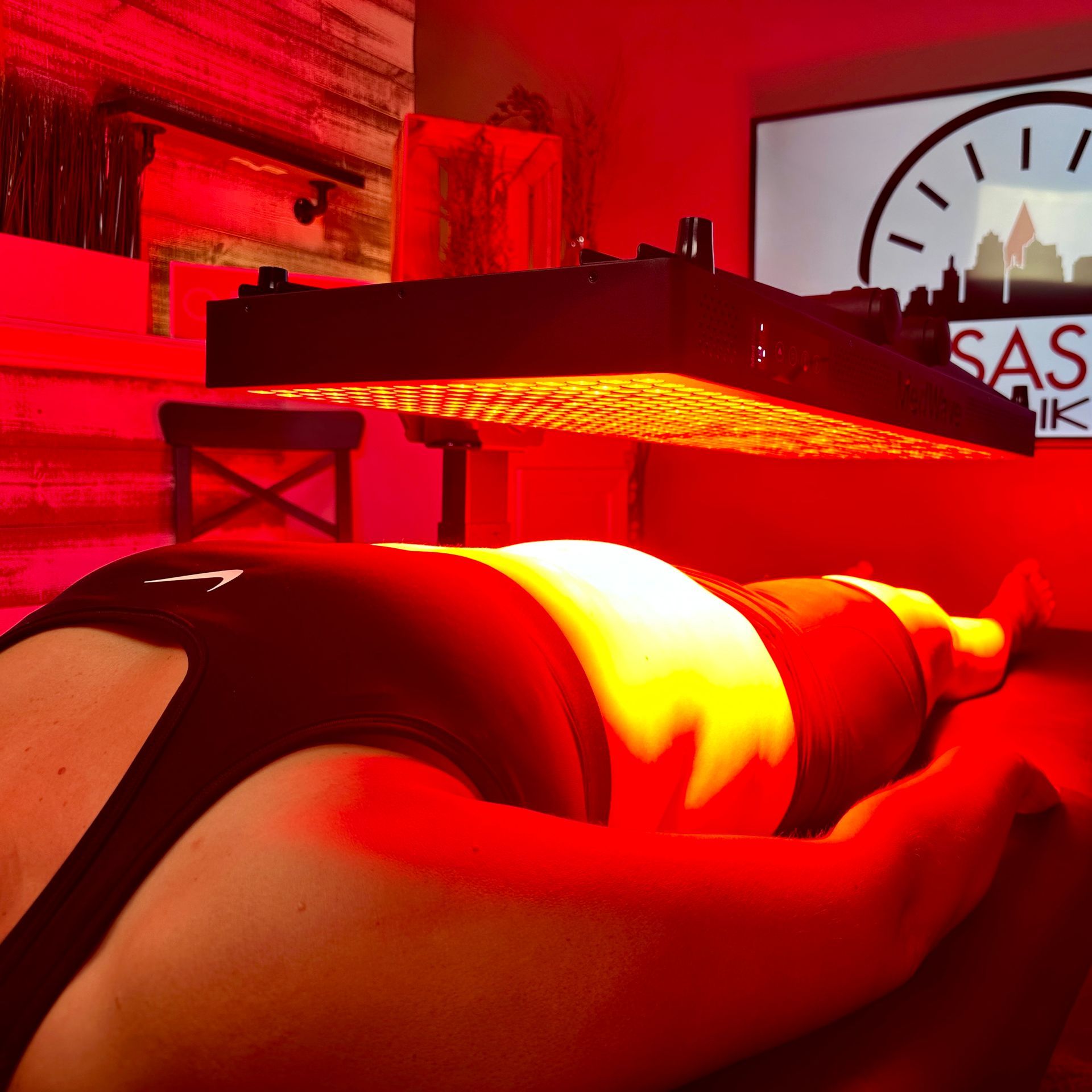
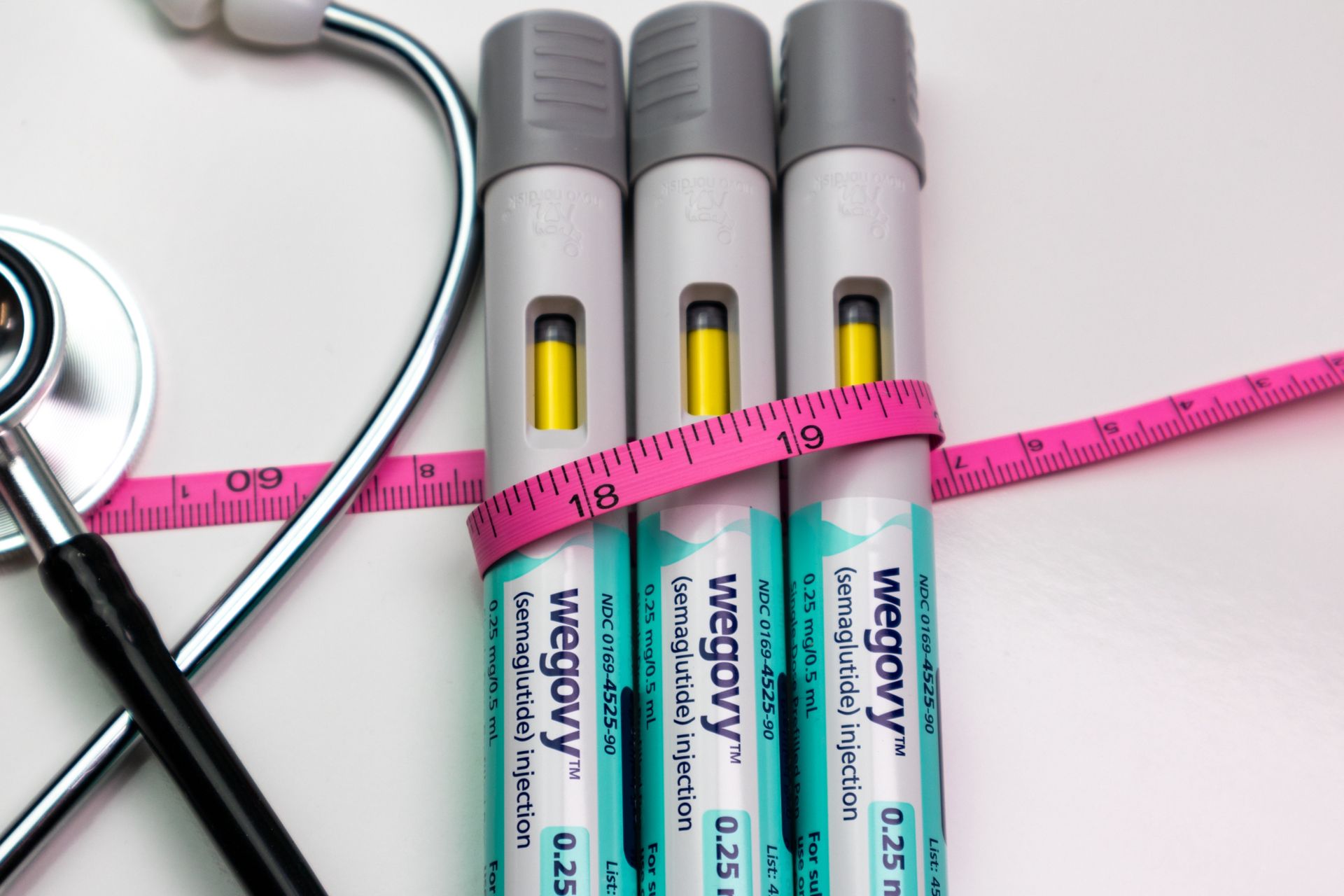

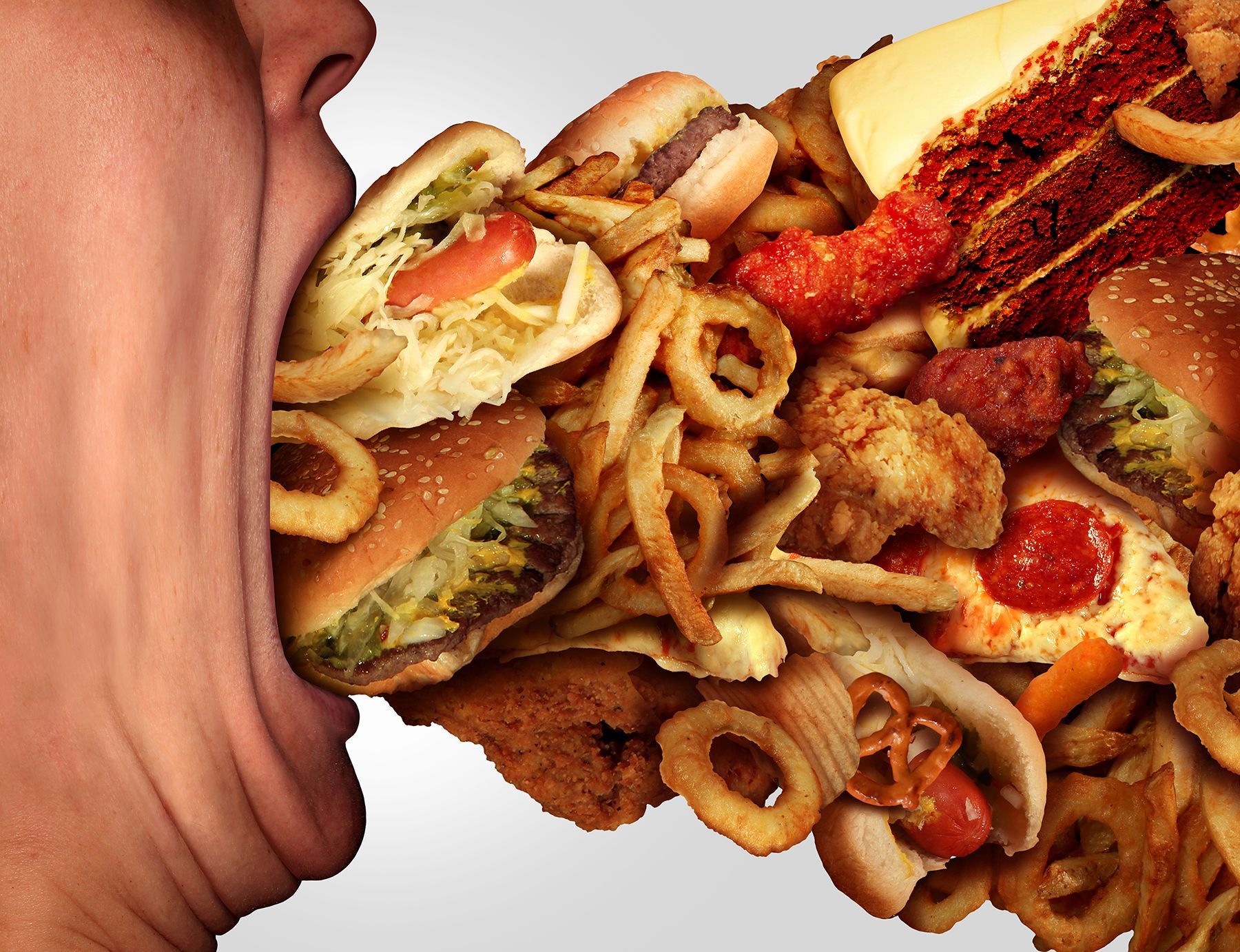
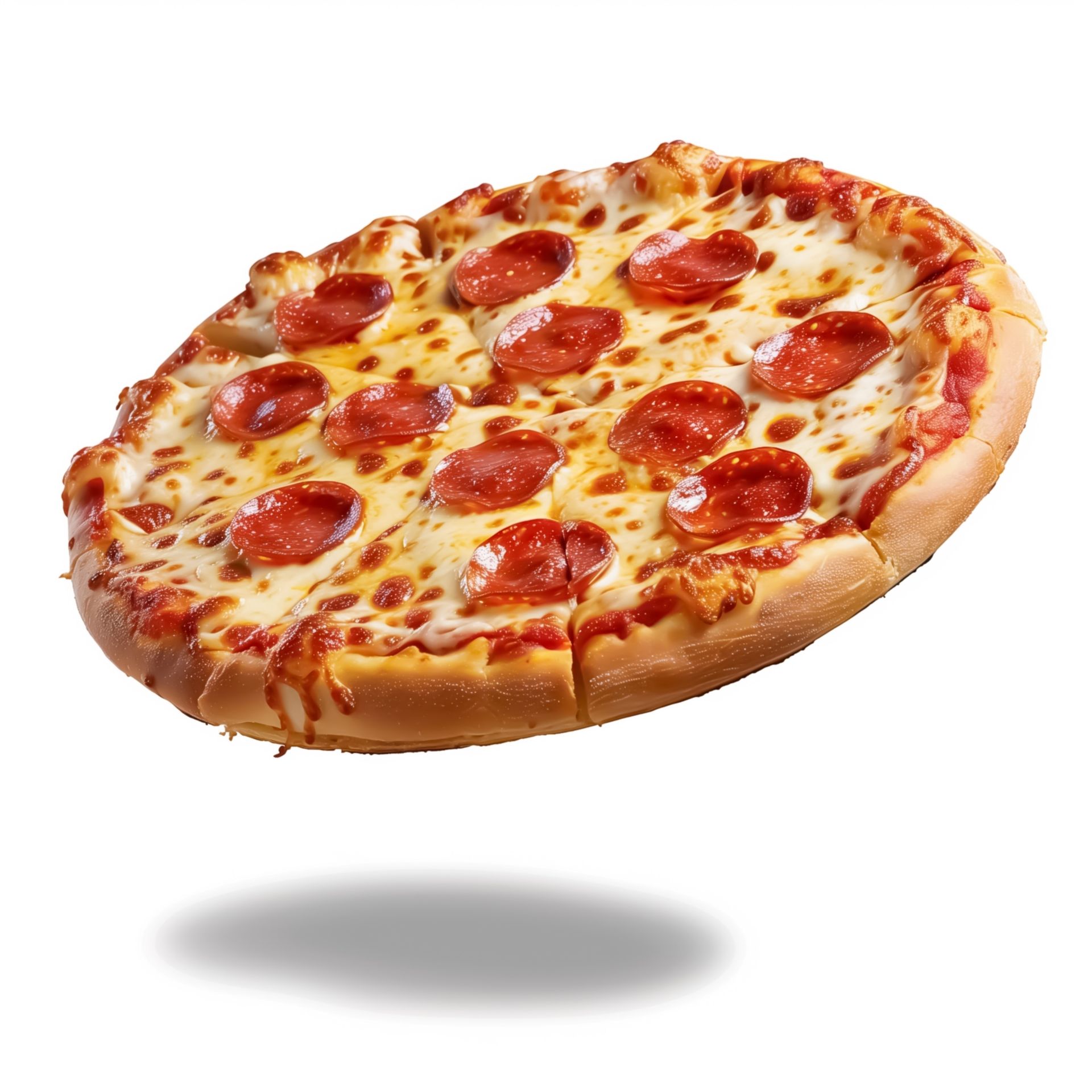
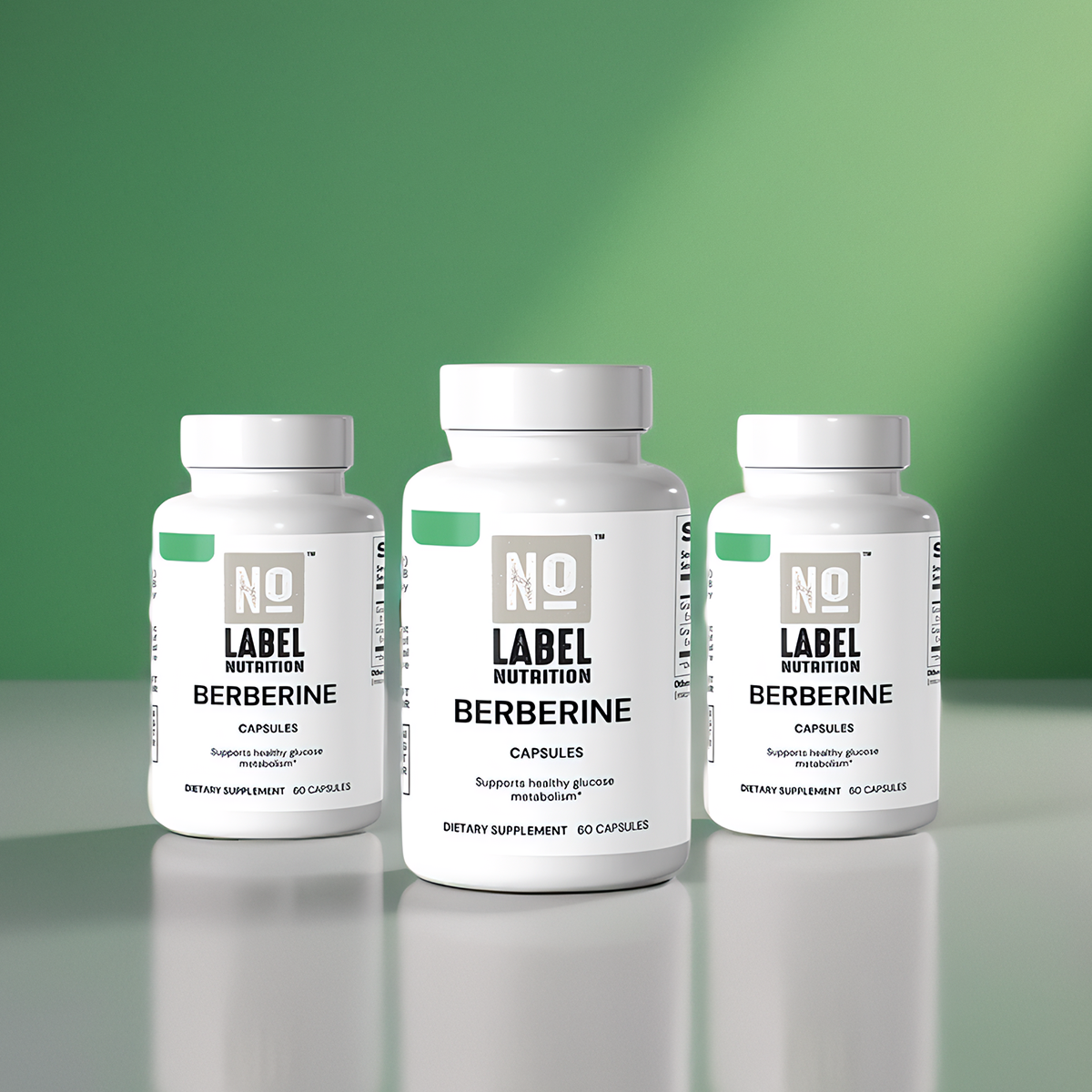

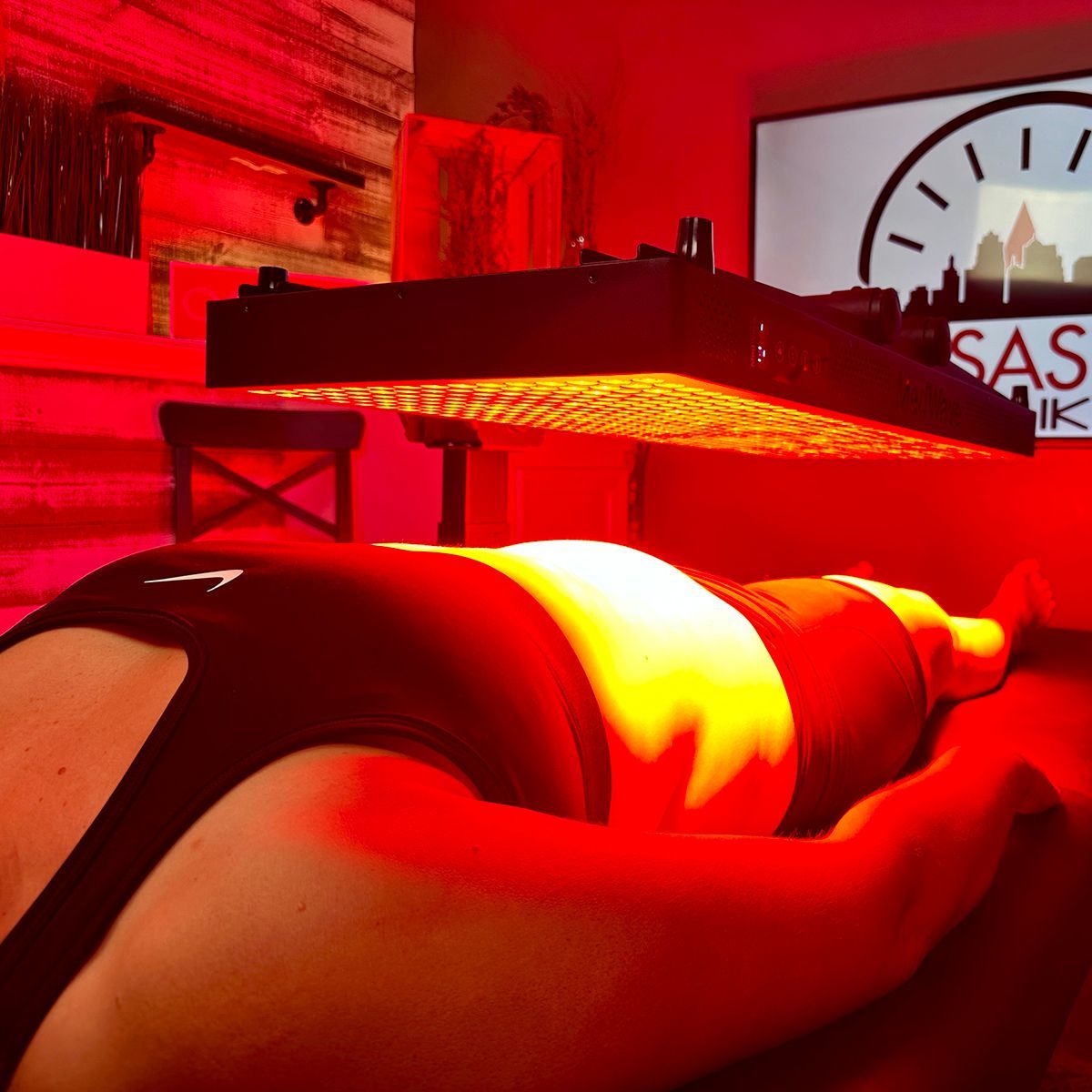


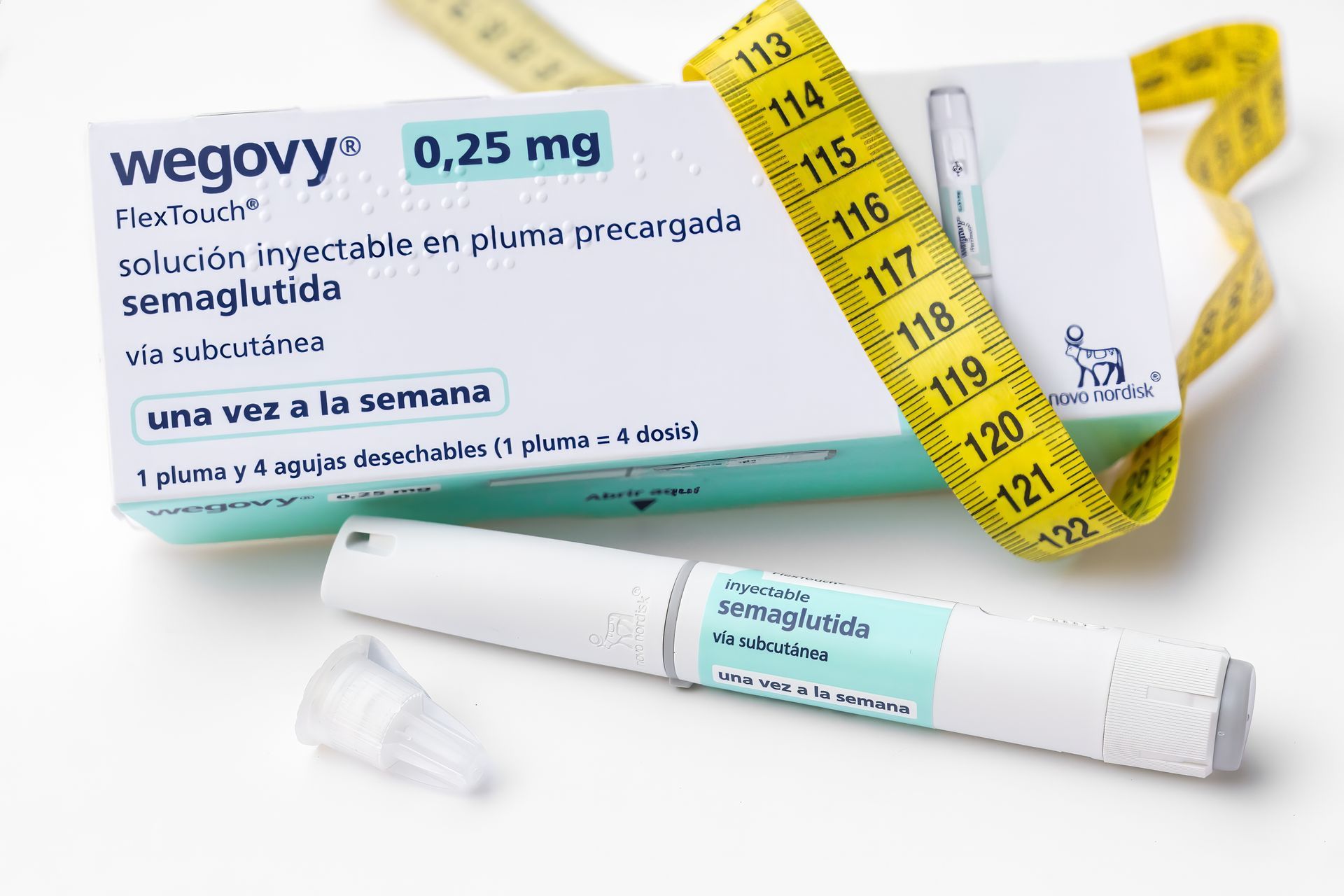
Share On: